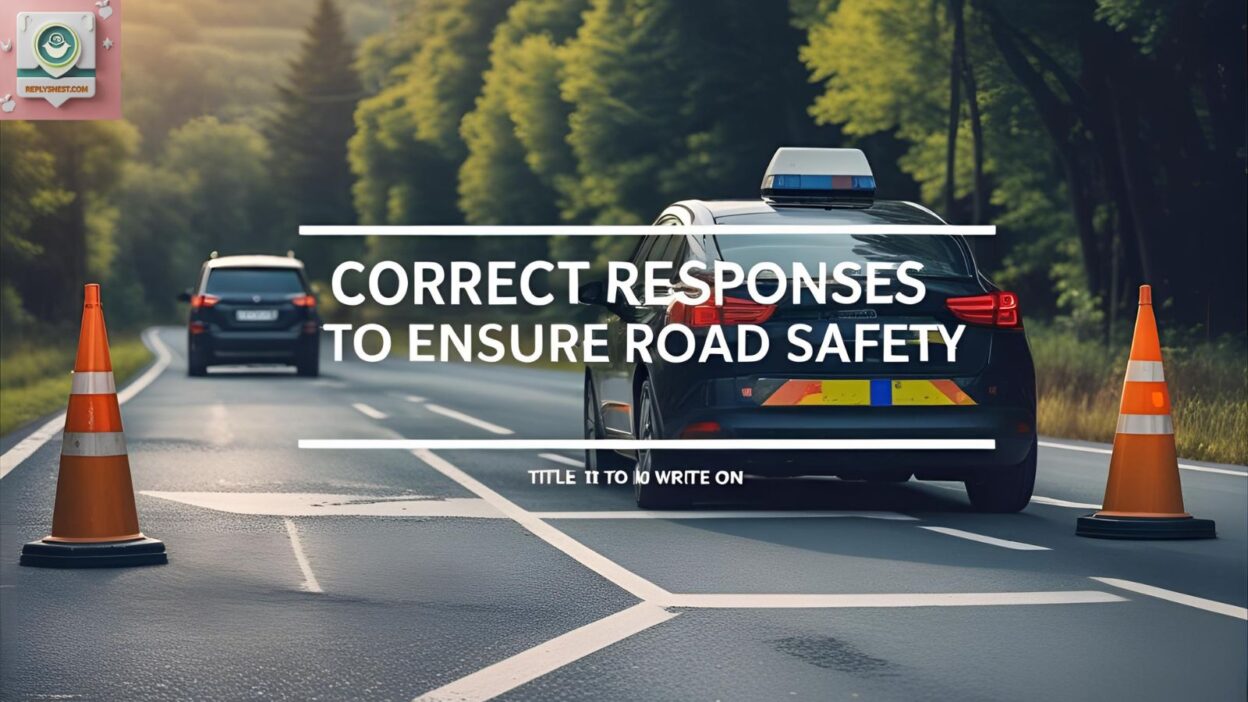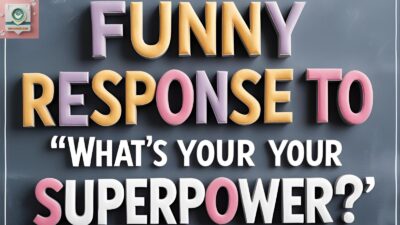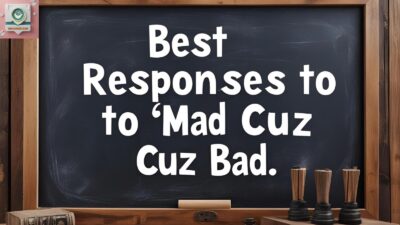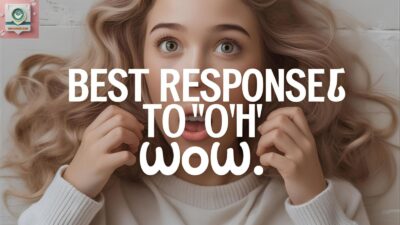When it comes to road safety, communication isn’t just helpful, it’s life-saving. Whether you’re a driver, cyclist, pedestrian, or passenger, the way you respond in traffic situations can prevent accidents, reduce confusion, and promote a harmonious driving environment. Correct Responses to Ensure Road Safety.
This article offers 30 correct responses to use in everyday traffic scenarios, crafted with warmth, care, and clarity. These aren’t robotic commands; they’re thoughtful, empathetic, and designed to foster mutual respect on the road.
As someone who’s spent years commuting, navigating city traffic, and even helping teach driving etiquette, I’ve seen how small words and kind gestures can change the energy of the road. Let’s dive into road-safe communication, the kind that not only keeps you safe but makes the road a better place for everyone.
I remember once in heavy rain, my visibility was reduced, but I stayed calm, followed the signs, and obeyed every warning. Every turn, every intersection, and every lane required complete focus. That moment taught me how important it is to be cautious, especially around children, older citizens, or parked vehicles.
Braking early, maintaining distance, and never overtaking at the wrong time are simple actions that can save lives.
Another key habit I developed is eliminating distractions, putting the mobile away, reducing conversation, and avoiding any alcohol when driving. Being courteous and showing courteousness toward other motorists creates a better road culture. I always check blind spots with my mirror, especially before lane changes.
When I see crosswalks, I give right-of-way and avoid jaywalking areas myself. In school zones or during emergencies, I slow down and stay alert for signals and users.
My commitment to safe behavior also includes regular maintenance checks like brakes and seatbelts. Thanks to guidance from experts, police campaigns, and even Quora advice threads, I’ve learned how vital understanding and communication are in preventing hazards.
Whether you’re handling conditions like tiredness or reacting to unexpected emergencies, it’s our responsibility to follow legal guidelines, respect the laws, and help reduce risk on the roads. Just thank the next person who says “Drive safe” . It’s more than just a phrase; it’s a call for proactive change.
1. “Go ahead, I’ve got you.”
Use this when: Letting someone merge or cross before you.
Best Use: When a driver or pedestrian is unsure whether to proceed.
Not to Use: In fast-moving traffic where stopping may cause a hazard.
Other Ways to Say It:
- “You can go first.”
- “All yours.”
- Gesturing with a hand wave works too.
Example: You’re at a 4-way stop and another car seems hesitant. Smile and say, “Go ahead, I’ve got you.”
Read More: Alternatives to “What’s Up, Buttercup”
2. “Thanks for waiting.”
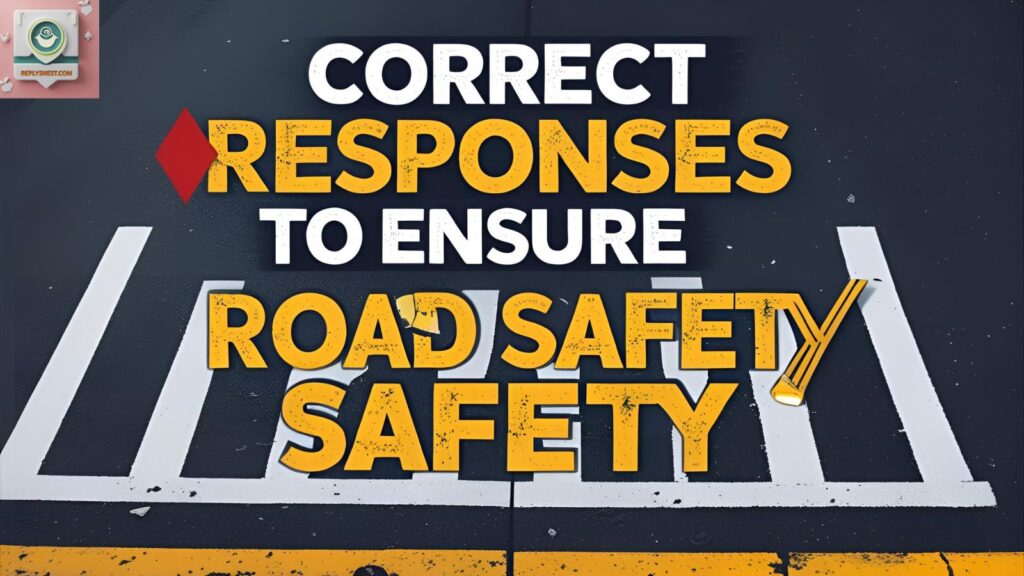
Use this when: Someone gives you a way or yields.
Best Use: Acknowledge kind drivers.
Not to Use: If the delay was caused by your own mistake then apologize instead.
Other Ways to Say It:
- “Appreciate your patience.”
- “Thanks for letting me through.”
Example: After squeezing through a narrow street where someone stopped for you: “Thanks for waiting, really appreciate it!”
3. “My bad, sorry!”
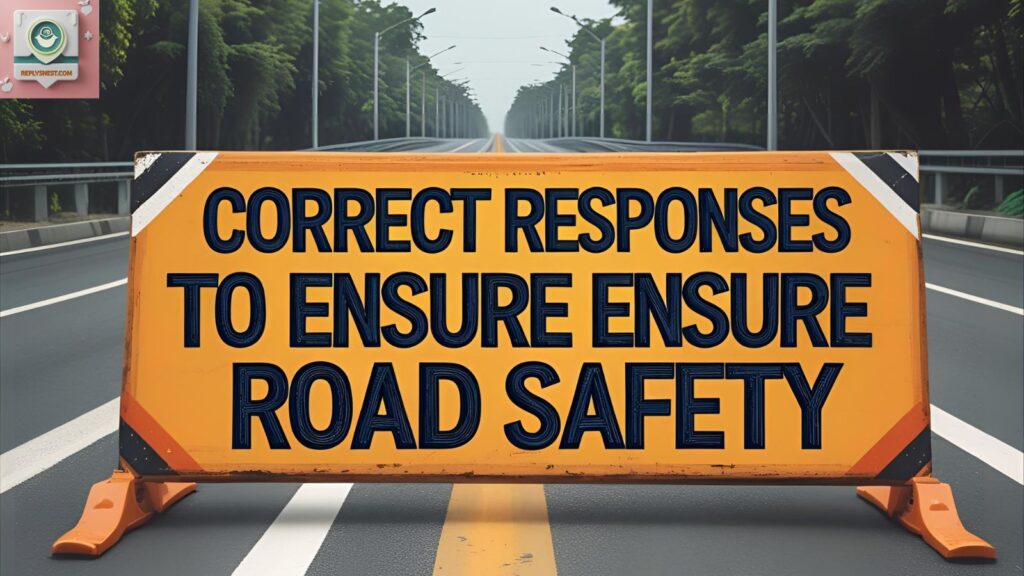
Use this when: You made a driving error or missed a signal.
Best Use: Quickly diffuses tension in minor incidents.
Not to Use: In serious collisions use formal communication instead.
Other Ways to Say It:
- “Apologies, didn’t see you!”
- “That was on me.”
Example: You accidentally cut someone off at a roundabout raise your hand and mouth “Sorry!”
4. “Take your time.”
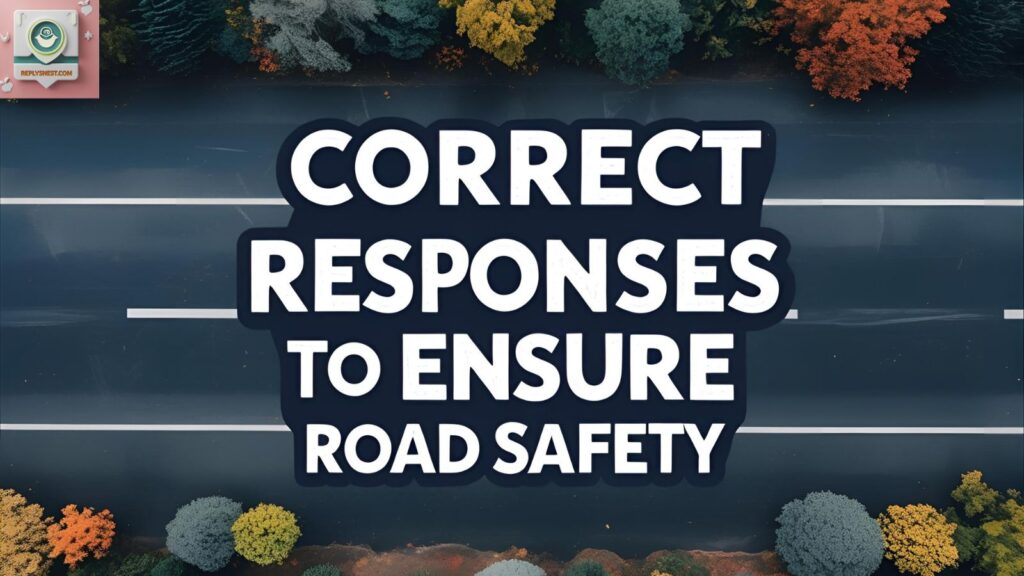
Use this when: Someone is struggling, maybe a learner or older people driver.
Best Use: Promotes calmness and patience.
Not to Use: When traffic is backing up dangerously.
Other Ways to Say It:
- “No rush.”
- “Go at your own pace.”
Example: You’re behind a learner driver doing a three-point turn: “Take your time, you’re doing great.”
5. “Signal next time, please.”
Use this when: Someone cuts in without indicating.
Best Use: Said calmly in close quarters (e.g., a parking lot).
Not to Use: In anger or confrontation.
Other Ways to Say It:
- “Would’ve helped to see your blinker.”
- “Could you use your signal next time?”
Example: A driver swerves in front of you if the situation is safe, roll down your window and say, “Signal next time, please.”
6. “You’re good!”
Use this when: Guiding someone through a tricky spot.
Best Use: Helping someone reverse or maneuver.
Not to Use: If you’re unsure or can’t see clearly.
Other Ways to Say It:
- “Keep coming.”
- “All clear.”
Example: Assisting a friend park: “You’re good just a little more, stop there!”
7. “Let’s stay calm.”
Use this when: Tensions rise in traffic disputes.
Best Use: Defusing arguments.
Not to Use: If the other person is aggressive then prioritize safety.
Other Ways to Say It:
- “No need to argue.”
- “Let’s keep it civil.”
Example: After a near miss, both drivers get out “Let’s stay calm, it happens.”
8. “Need help?”
Use this when: You see someone stranded, lost, or confused.
Best Use: With older people people, new drivers, or foreign tourists.
Not to Use: If the area feels unsafe or risky.
Other Ways to Say It:
- “Want directions?”
- “Can I assist?”
Example: You see someone at a gas station looking puzzled at their GPS: “Need help finding something?”
9. “Hold on, I’ll wait.”
Use this when: Giving way for kids, pedestrians, or cyclists.
Best Use: In school zones or busy intersections.
Not to Use: On highways or high-speed roads.
Other Ways to Say It:
- “Take your time crossing.”
- “Go ahead, I’m stopping.”
Example: A group of schoolkids is about to cross: “Hold on, I’ll wait for you all.”
10. “Use your seatbelt.”
Use this when: Reminding a friend or passenger.
Best Use: Before the car moves.
Not to Use: As sarcasm it’s a serious issue.
Other Ways to Say It:
- “Seatbelt on, please.”
- “Buckle up.”
Example: A friend hops in your car and forgets: “Hey, use your seatbelt safety first.”
11. “Slow down, we’re not in a rush.”
Use this when: A friend is driving recklessly.
Best Use: When you feel unsafe.
Not to Use: With a stranger it could escalate.
Other Ways to Say It:
- “We’ll get there safe, not fast.”
- “No need to rush.”
Example: On a road trip with a friend speeding: “Hey, slow down we’re not in a rush.”
12. “I saw that, thank you.”
Use this when: Someone does something considerate.
Best Use: Encourages good behavior.
Not to Use: Sarcastically.
Other Ways to Say It:
- “Appreciate that.”
- “Nice driving.”
Example: A driver stops to let an animal cross: “I saw that thank you.”
13. “Stay in your lane, please.”
Use this when: A driver veers too close.
Best Use: Said neutrally if possible.
Not to Use: Aggressively with horn blasts.
Other Ways to Say It:
- “Careful, you’re drifting.”
- “Stick to your side.”
Example: A car keeps crossing the line: “Stay in your lane, please.”
14. “Lights on, it’s getting dark.”
Use this when: Someone forgets to turn headlights on.
Best Use: At dusk, in tunnels, or during rain.
Not to Use: During daylight unless required.
Other Ways to Say It:
- “Hey, headlights.”
- “Lights, buddy.”
Example: You’re driving with a friend as it gets cloudy: “Turn your lights on it’s getting dark.”
15. “You okay?”
Use this when: You see someone upset or involved in a fender bender.
Best Use: Shows empathy, not blame.
Not to Use: If the situation is dangerous.
Other Ways to Say It:
- “Need anything?”
- “Everything alright?”
Example: You witness a minor crash: “You okay? Need help?”
16. “Thanks for the heads-up.”
Use this when: Someone warns about a roadblock or hazard.
Best Use: Encourages helpfulness.
Not to Use: If it wasn’t helpful.
Other Ways to Say It:
- “Appreciate the info.”
- “Good looking out.”
Example: A driver flashes lights to warn of construction: “Thanks for the heads-up!”
17. “Please don’t tailgate.”
Use this when: A car is following too closely.
Best Use: Calmly, if possible.
Not to Use: With road rage.
Other Ways to Say It:
- “Back off a bit, please.”
- “Keep a safe distance.”
Example: You pull over slightly and signal: “Please don’t tailgate it’s not safe.”
18. “Let’s pull over and check.”
Use this when: Something feels off in the car.
Best Use: Tire noise, smells, dashboard warnings.
Not to Use: If it’s clearly minor.
Other Ways to Say It:
- “Let’s be safe and look.”
- “Better to check now.”
Example: Hearing a strange thump: “Let’s pull over and check just in case.”
19. “Thanks for using your blinker!”
Use this when: A driver signals properly.
Best Use: Light humor and encouragement.
Not to Use: As sarcasm.
Other Ways to Say It:
- “Nice signal.”
- “Appreciate the indicator!”
20. “Don’t text and drive.”
Use this when: You notice someone on their phone.
Best Use: With loved ones.
Not to Use: Yelling at strangers.
Other Ways to Say It:
- “Phone down, please.”
- “Let’s focus on the road.”
21. “Keep your distance in fog.”
Use this when: Someone’s too close during low visibility.
Best Use: Weather warnings.
Not to Use: When visibility is clear.
Other Ways to Say It:
- “Visibility’s low spread out.”
- “Don’t crowd.”
22. “That was a close one.”
Use this when: You or someone else narrowly avoids a crash.
Best Use: Followed by a discussion on how to avoid it.
Not to Use: To scare someone.
Other Ways to Say It:
- “Glad that didn’t go wrong.”
- “We need to be more careful.”
23. “I’ll call roadside help.”
Use this when: Someone breaks down.
Best Use: Shows responsibility.
Not to Use: If it’s not needed.
Other Ways to Say It:
- “Let’s get assistance.”
- “I’ll call a mechanic.”
24. “Let’s stay sober tonight.”
Use this when: Discussing driving after an event.
Best Use: Pre-planning nights out.
Not to Use: After someone has already drunk.
Other Ways to Say It:
- “Let’s use Uber.”
- “No drinking for me I’m driving.”
25. “Thanks for driving safely.”
Use this when: Appreciating someone.
Best Use: With family, coworkers, or friends.
Not to Use: As a joke.
Other Ways to Say It:
- “Glad you’re careful.”
- “You’re a good driver.”
Conclusion: Drive with Words that Save Lives
Every phrase you say or gesture you make on the road can shape someone’s experience. These 30 thoughtful and correct responses reflect not only your own responsibility but also contribute to a culture of road safety. As someone who’s been behind the wheel, in the passenger seat, and even on a bike I’ve learned the hard way that kindness is just as important as caution.
